Sound reflection
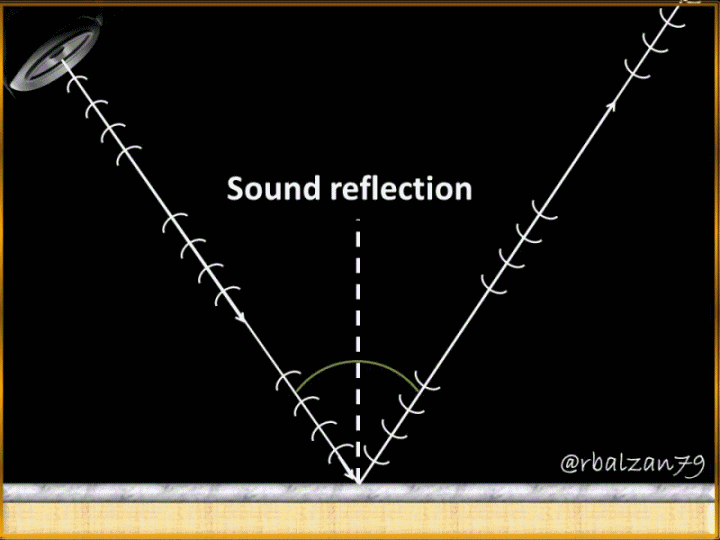
Introduction
In the previous article we related to the marvelous way in which the essential phenomenon of sound is generated, and with it, we were able to demonstrate that for sound to be generated, a certain vibration capable of originating sound waves must necessarily be developed and these must reach our natural auditory systems (ears) through certain natural means such as the air that surrounds us or surrounds us at every moment of our lives.
In relation to the above we can say that the vibratory movement generates sound (longitudinal sound waves) and that this phenomenon expands in all directions just as light rays do, however, it is important to express that when sound propagates in a certain elastic material medium it may encounter certain types of obstacles which cause these sound rays to develop some intrinsic phenomena during such propagation.
Therefore, we must express that when the sound rays go from one space-time to another they can suffer some changes in their respective physical properties, and this is basically due to the fact that we can find around us any kind of objects or surfaces capable of absorbing, reflecting or refracting the directionality of the sound waves, and thus we begin to relate to these intrinsic phenomena such as reflection, absorption, refraction and others.
This time we will begin to relate to the wonderful phenomenon of sound reflection, and this phenomenon will depend on the structural conformation of each object or body present during the propagation of certain sound waves, and even the geometric shapes of these objects or bodies, as these can become both semi-flat, flat or fully curved, remembering from our first delivery, we will continue analyzing the sound waves during its propagation following a straight line.
Therefore, my dear readers, in relation to the geometric theory implemented in acoustic science, we will replace the definition of sound waves by that of sound ray, and with this, we can say that the sound ray is based on the same principles established for light rays during their propagation, as we could observe in figure 1 of the previous issue.
Sound reflection
This type of intrinsic phenomenon during the propagation of sound could be captured in any space-time where we are, therefore, for a better understanding of it, the geometric theory and its conceptualization of sound beam has allowed us to determine acoustically complex points, and such learning implemented in certain architectural designs, where we can find concave surfaces that generate sound focalizations when sound beams impact with it, and which we can locate them through the implementation of sound beams.
Of course my friends, we can transfer the above to other surfaces of different geometric conformation, such as flat or convex, in addition with the geometric theory it is also possible to determine the inherent delays originated between the direct signal of the sound source and the reflections that originate at the time of being inside an enclosed space, or when these sound rays impact with any object around the sound source, and also with it you can also verify other intrinsic phenomena such as the echo and other complex reflections.
For the present analysis we must emphasize that we can implement the same principles of reflection structured by Geometric Optics, therefore, the sound rays incident and reflected on a surface will remain in the same plane, and whose angles of both incidence and reflection will be equal, thus the phenomenon of sound according to the above raised with the geometric theory, we will analyze it as a series of sound rays which will propagate in a straight line.
During the reflection of sound rays, their frequency and wavelength will be conserved, however, their amplitude will decrease and thus their intensity. When a sound wave front hits a reflecting obstacle, the sound rays will act as if they were coming from a virtual sound emitter located behind the obstacle and at a distance equal to that of the real sound emitter.
Reflection of sound rays on flat surfaces
As we have expressed, the phenomenon of reflection of sound rays will always depend on the characteristics and properties of the surface with which such sound rays make contact, in this opportunity we will analyze their impact on a flat surface, and therefore, in relation to the law of reflection, when the sound rays impact on a certain flat surface that divides two media, part of the energy of such rays will be reflected, and this causes two angles to originate, the angle of incidence and the angle of reflection, and they are exactly the same, this last characteristic makes the reflection to be called specular, as we can see in the following figure 1.
Figure 1. Reflection of sound rays on flat surfaces
In the previous figure 1, we could clearly observe a specular reflection since its angles are equal (incidence and reflection), this type of reflection (specular) is easier to determine in this type of surface than in those curved surfaces, as we can see in the following figure 2.
Figure 2. Specular reflection on flat surfaces
In the previous figure 2, we can highlight that through the reflection of certain sound rays it is possible to know the difference in path between the direct sound and the reflected sound, this in relation to a certain point, as we can see in the following figure 3.
Figure 3. Difference in the path between direct and reflected sound on a flat surface of a small-scale enclosure
In the previous figure 3, we implemented a space or enclosure with the purpose of determining the difference in the path of the reflected and direct sound rays, this starting from a sound emitting source (F) to a specific point as the one indicated as receiver (R), for this we use the image method, and in this way we trace and locate our image focus (F'), which represents a virtual focal point which is similar to the real focus represented by the sound emitting source.
In this way we can visualize the path of the reflected sound rays, however, we still have to determine the abstract relations in relation to the difference in the path of the rays previously mentioned (reflected and direct), then, by concentrating on the points F, F', L and R, we can obtain this relation as shown in figure 4 below.
Figure 4. Difference between the direct and reflected ray path to a given point (R)
We can express that FR represents the path of the direct sound beam, and that FL + LR represent the path of the reflected sound beam, this in relation to the conditions previously stated, therefore; FL = F'L, and FL + LR = F'R, in this way these relations lead us to determine the following:
F'R - FR will give us the difference of the path between the above rays.
We can express that an important application of this imaging method is to determine if a reflection of sound rays on a reflecting surface could produce echo, and this (echo) is one of the intrinsic phenomena well known to us and originated by the reflection of sound rays.
The echo is produced when certain sound rays hit any obstacle which is capable of reflecting them, thus generating a new sound ray which seems to come from behind the obstacle, i.e., as we have already expressed from a virtual image focus (F').
Undoubtedly, any of us at some point has been able to emit a sound very close to a certain reflecting surface, thus being able to perceive both incident and reflected sound rays, however, our natural auditory systems (ears) are unable to differentiate two sounds that reach us at a time interval of less than 1/10 s.
Therefore, when we move away from the reflecting surface and emit the same sound we can notice the wonderful phenomenon of echo, this if we are at least a little more than 17 meters away from the surface because the trajectory of the sound rays (upon impact with the reflecting surface) to reach our ears will be greater than 34 meters, and as we know that the value of the speed of sound at standard conditions is approximately 340 m/s, therefore, the differential of the time interval between the emitted and reflected sound ray will be greater than 0.1 second, then you can see the generation of the echo at a distance greater than 17 m, in the following.
Figure 5. Emission of the sound away from the reflecting surface at a distance of more than 17 m capturing the echo phenomenon
Another application of the knowledge of the phenomenon of sound reflection is used to know the depth of the sea, highlighting that although we can usually find non-flat surfaces at the bottom of the sea, it is important to note the usefulness of sound reflection, as you can see in the following figure 6.
Figure 6. Sound reflection for sea depth detection
Conclusion
The phenomenon of sound undoubtedly plays an essential role in our normal functioning as a human species that is constantly evolving in this complex but enchanting universe, just as light allows us to visually capture everything that surrounds us through our natural optical systems (eyes), sound allows us to perceive our surroundings sonically through our auditory system such as our ears.
After knowing how the phenomenon of sound is generated, this time we will learn about an important intrinsic phenomenon generated once the sound is produced and propagated through a certain material medium such as air, this phenomenon is the reflection and it is possible that it develops once it gets in its path a certain obstacle which is able to reflect it and change its direction and sense, as you could visualize with the phenomenon of reflection of sound rays when they hit or collide with flat reflective surfaces.
We could notice how the use of geometric theory has allowed us to know the essential behavior of sound when it is reflected on certain surfaces (in this case flat) either in enclosures or closed spaces (very useful for architectural acoustic designs) or in open air places, since in both cases there are obstacles that influence the propagation of sound.
Until another installment my dear readers of Hive.blog, especially to the members of the great community of #Stemsocial, which receives the support of another wonderful community as #curie, so I highly recommend to be part of this exemplary project, as they allow us to highlight the wonderful work of academia and the enormous work of the entire field of science.
Note: All images are my own and were created using the Power Point application, the animated gif was created using the PhotoScape application, the image in figure 3 was captured using the optical instrument (camera) of the ZTE BLU Life Play 2 cell phone.
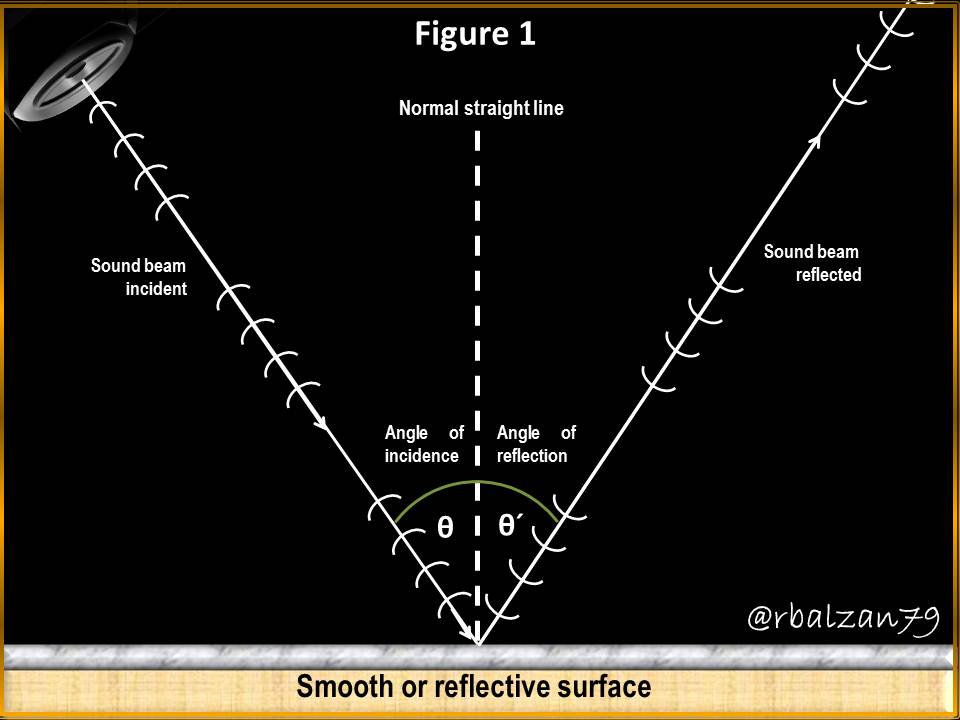

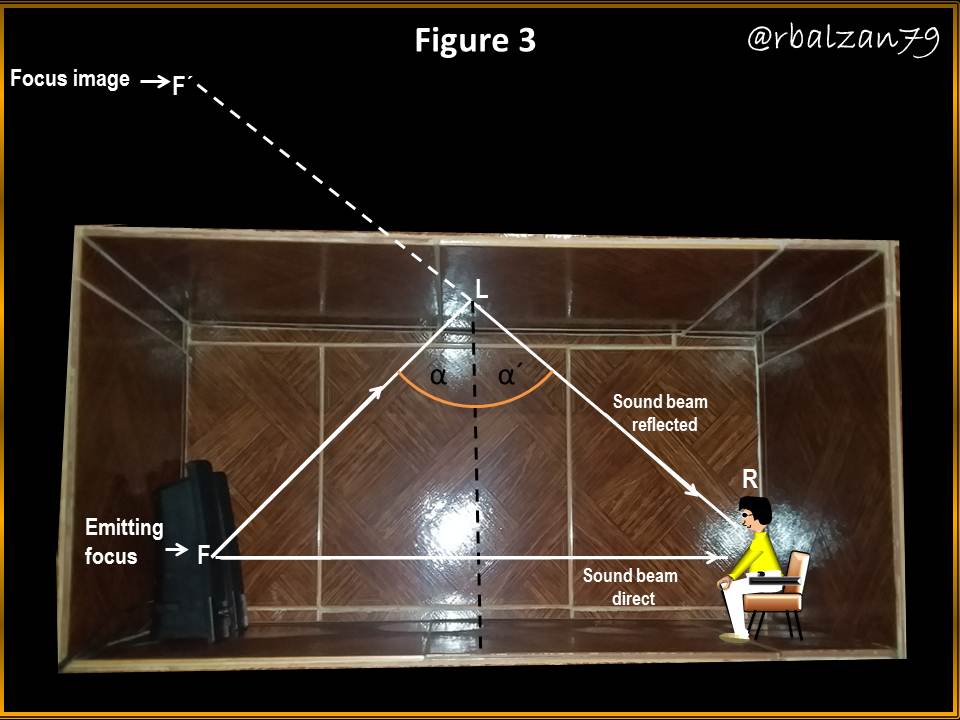

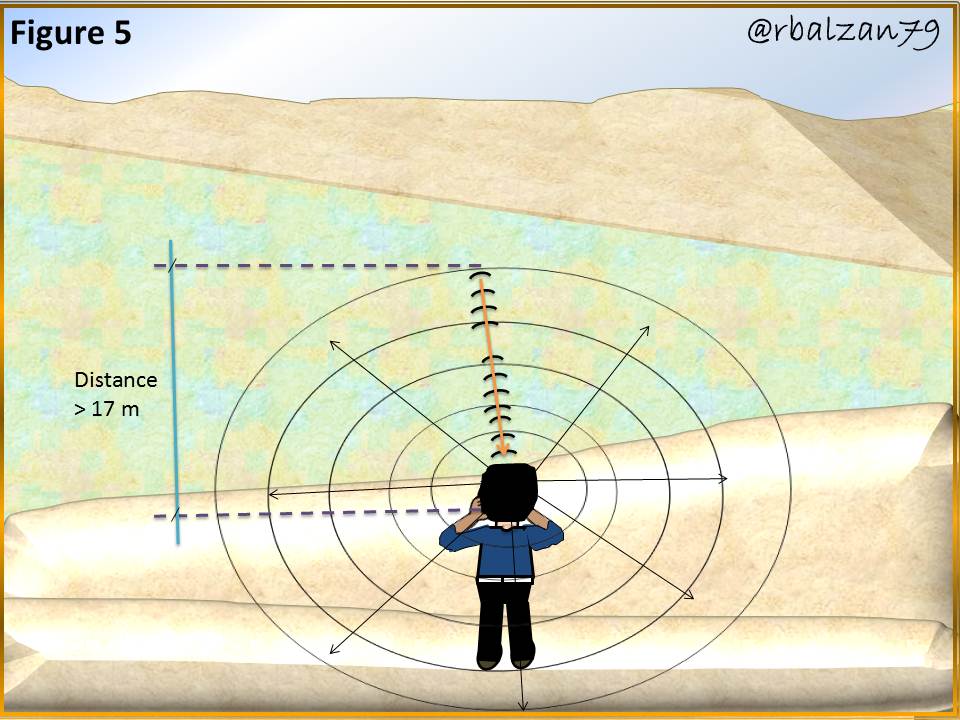
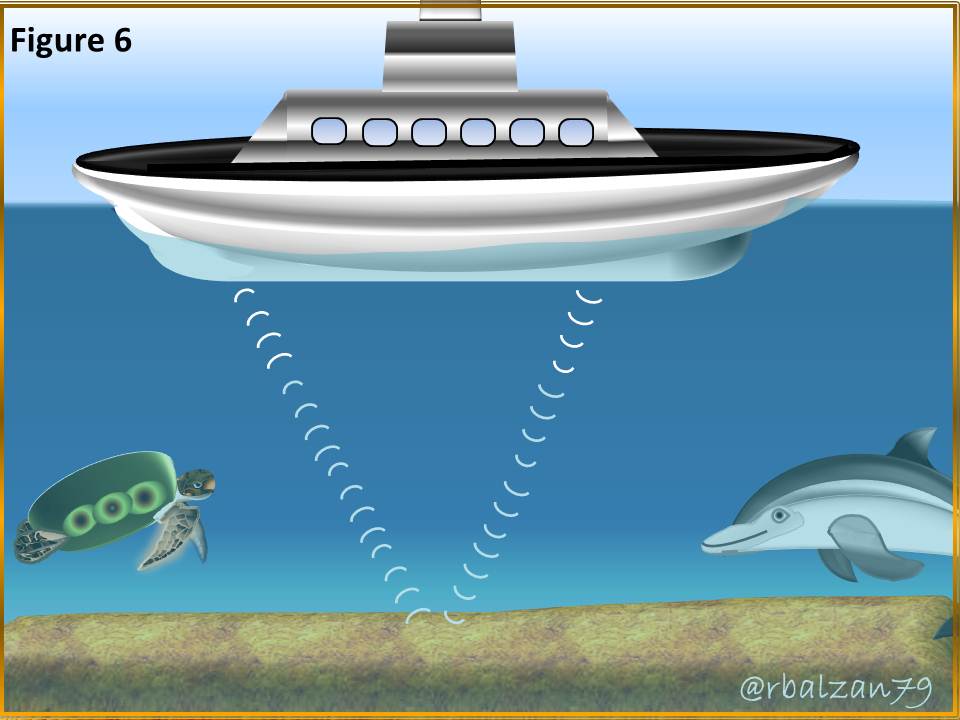
Speaking of acoustic science, is it the acoustic that is being used on submarines?
Hello friend @afterglow.
Acoustics is a wonderful branch of physical science which is responsible for the study or analysis of the phenomenon of sound, infrasound and ultrasound, and among the sub-branches of acoustic science is the sub-aquatic acoustics and this branch is dedicated to the study of sound waves (sound) in the water and the same implemented for the detection of any object within a given volume of water, technique used both in ships as in our figure 6, as in the impressive machines which we call submarines.
Thanks for your important contribution, many successes. Best regards.
You're welcome. And thank you for the elaborate response.
Hi, @rbalzan79 excellent delivery about the behavior of sound. Getting tools to understand it is invaluable. Thank you.
Hi @alfonsoalfonsi.
Thanks to you for your valuable comment, this phenomenon can undoubtedly be an intrinsic part of our lives and that is why it is very important to know everything about it, many successes. Best regards.
Thanks for your contribution to the STEMsocial community. Feel free to join us on discord to get to know the rest of us!
Please consider supporting our funding proposal, approving our witness (@stem.witness) or delegating to the @stemsocial account (for some ROI).
Please consider using the STEMsocial app app and including @stemsocial as a beneficiary to get a stronger support.
Very informative article.